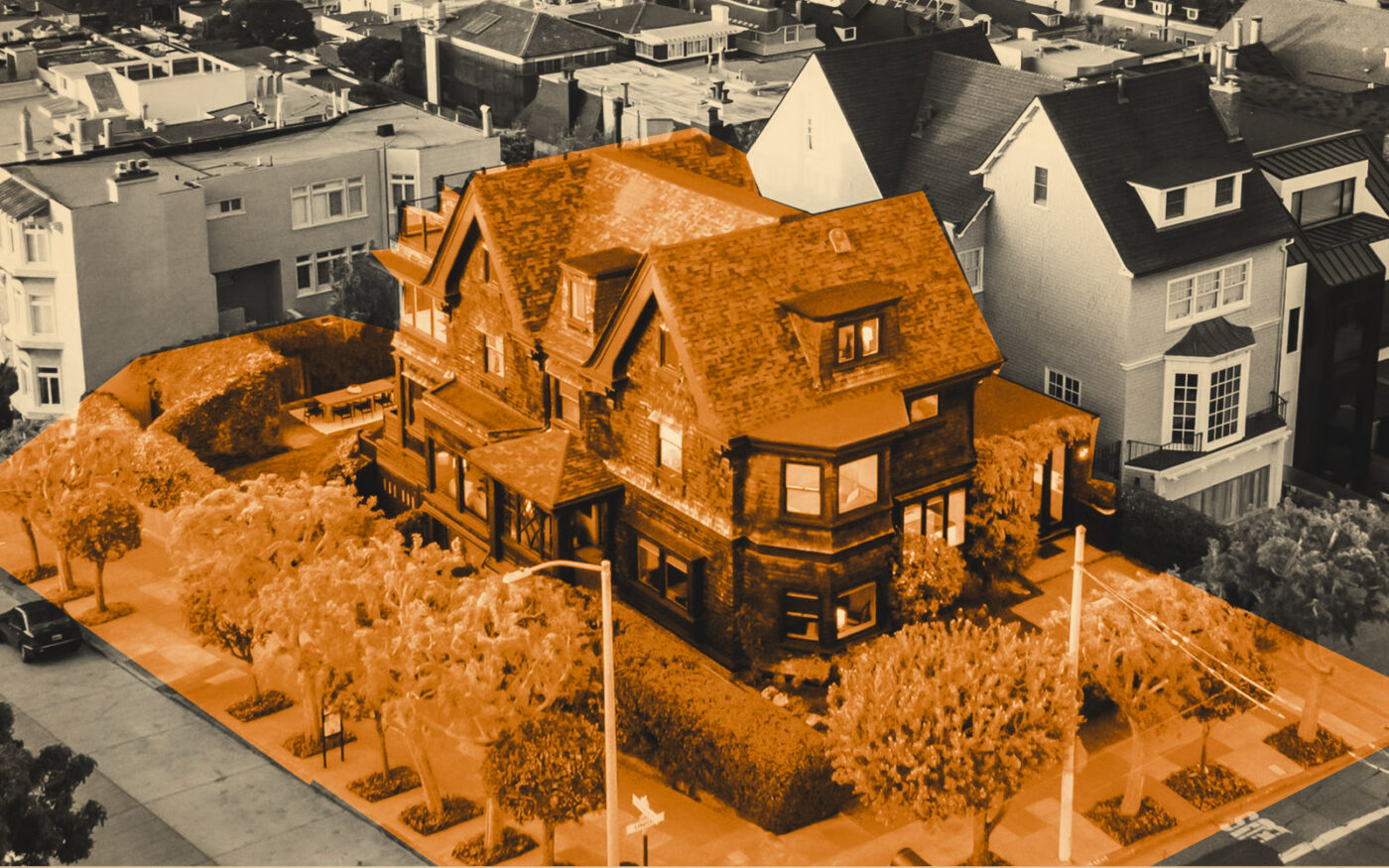An “anti-Victorian” Victorian-era house in San Francisco has hit the market for the first time in a half century for $9 million.
The 5,000-square-foot home, designed by Newton Tharp in 1899, is listed at 2590 Union Street in Cow Hollow, SFGate reported. It was last sold in 1970.
Its clean stately lines and unembellished shingle facade highlight Tharp’s anti-Victorian design, which became popular after the 1906 earthquake and fire.
“Tharp was not a fan of Victorian architecture,” listing agent Max Armour of Compass told SFGate. “He felt that style to be presumptuous and preferred a more simple, dignified style.”
From the entry through the formal dining room and up the balustraded stairway, exposed beams and wood framing are antithetical to Victorian ostentatiousness, according to SFGate.
Tharp’s uncomplicated aesthetic has been preserved in the five-bedroom, four-bathroom home, despite modern touches in the large kitchen, luxury bathrooms and roof deck.
The 0.17-acre property has sweeping city views from atop the four-story house, its clean facade embellished only by leaded glass and dark wood accents.
Tharp studied at the San Francisco School of Design and traveled throughout Europe to round out his architectural education. This drew him toward Edwardian, Tudor and craftsman design, rather than the pageantry of Victorian architecture.
To Tharp, Victorian homes were showy and pretentious. The architect first worked for Edward Swain. When Swain died, it was Tharp who “perfected the plans for the present ferry building,” according to his obituary.
Tharp, who became city architect of San Francisco, helped rebuild the city after the earthquake. He designed numerous municipal buildings, including the Hall of Justice, the Dewey Monument in Union Square, the Grant Building and the Sloane Building, as well as many private homes.
His brown shingled home in Cow Hollow has a large eat-in kitchen with soaring ceilings, natural light and direct access to the south-facing front garden and large backyard, according to the listing. It includes a mudroom, mechanic’s room and two-car garage.
— Dana Bartholomew
Read more



